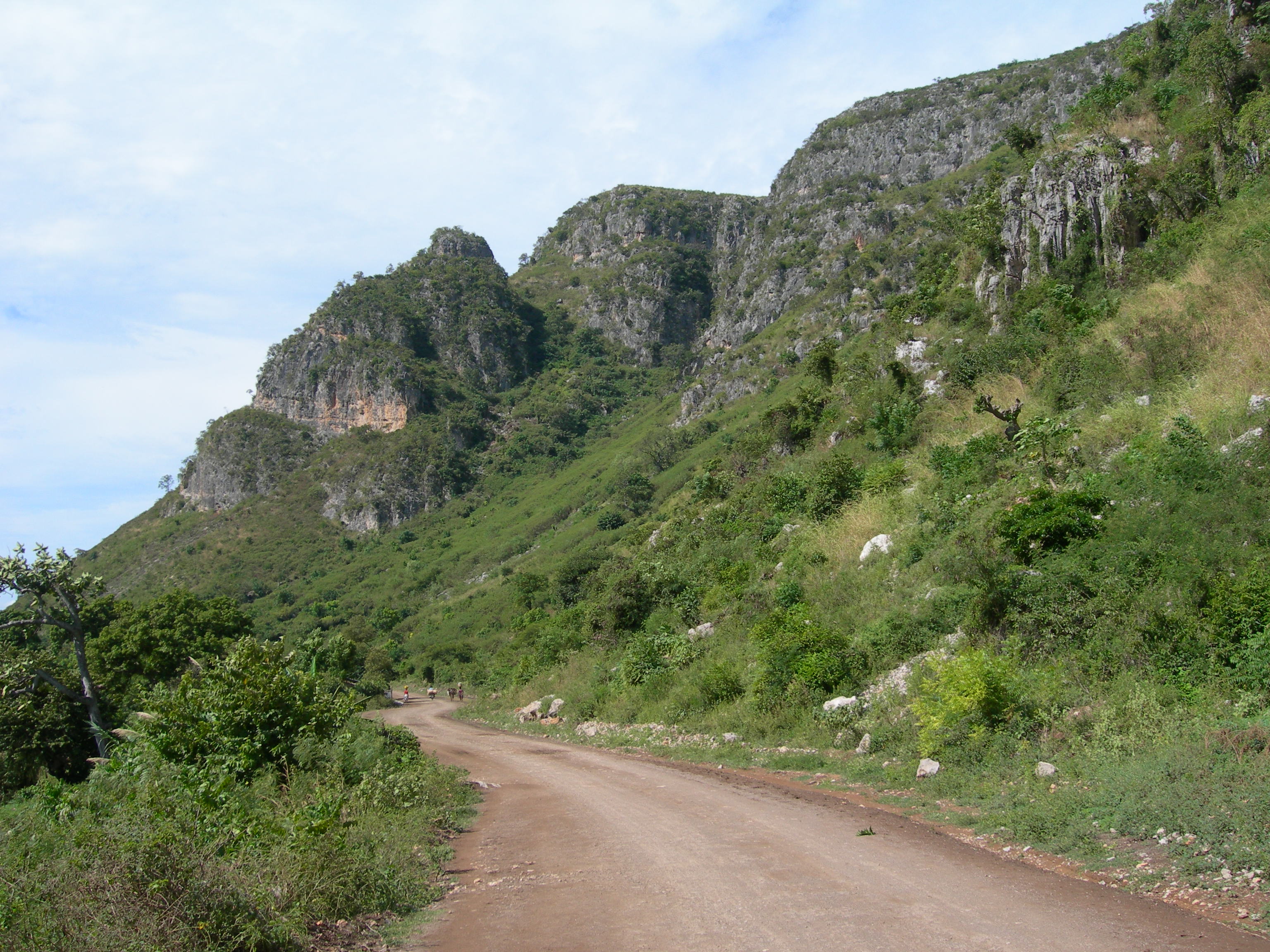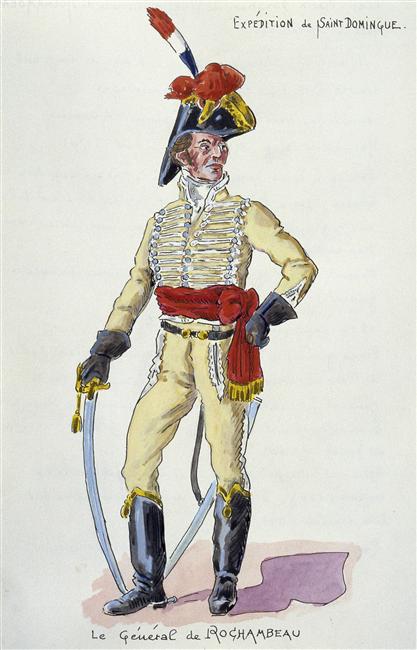|
L'Estère
L'Estère ( ht, Lestè) is a commune A commune is an alternative term for an intentional community. Commune or comună or comune or other derivations may also refer to: Administrative-territorial entities * Commune (administrative division), a municipality or township ** Communes of ... in the Gonaïves Arrondissement, in the Artibonite department of Haiti. It has 3,000 inhabitants. This historical city of 3,000 inhabitants is where the famous battle of the Haitian Revolution took place on February 23, 1803 between the troops of Rochambeau and Dessalines at the Ravine-à-Couleuvres. References Populated places in Artibonite (department) Communes of Haiti {{Haiti-geo-stub ... [...More Info...] [...Related Items...] OR: [Wikipedia] [Google] [Baidu] |
Artibonite (department)
Artibonite ( French) or Latibonit (Haitian Creole) is one of the ten departments of Haiti located in central Haiti. With an area of 4,887 km2 it is Haiti's largest department. As of 2015, its estimated population was 1,727,524. The region is the country's main rice-growing area. The main cities are Gonaïves (the capital) and Saint-Marc. In February 2004 an insurgency tried unsuccessfully to declare Artibonite's independence. Etymology The name L'Artibonite is derived from the Artibonite River the longest river on the Quisqueya island. L'Artibonite is derived from the Taino worJa'tibonicu'meaning The Great High Place of the Sacred Waters. Under Toussaint's administration of the island, the department was known as Toussaint's Department. History Taino Period During that period the actual department seats between the three casicas of Marien, Maguana, and Xaragua. The border between those chiefdoms is assumed to be the Artibonite River. Although the department's capital ... [...More Info...] [...Related Items...] OR: [Wikipedia] [Google] [Baidu] |
List Of Communes Of Haiti
The Commune (administrative division), commune () is the third-level divisions of Haiti. The 10 Departments of Haiti, departments have 42 Arrondissements of Haiti, arrondissements, which are divided into 144 communes and then into 571 communal sections. Communes are roughly equivalent to civil townships and incorporated municipality, municipalities. Administration Each Commune (administrative division), commune has a municipal council (''conseil municipal'') compound of three members elected by the inhabitants of the commune for a 4-year Term of office, term. The municipal council is led by a President (government title)#Sub-national, president often called ''mayor''. Each commune has a Municipal assembly (Haiti), municipal assembly (''assemblée municipale'') who assists the council in its work. The members of the assembly are also elected for 4 years. Each commune is ruled by a municipality. List Artibonite (department), Artibonite *Dessalines Arrondissement **Dessalines **D ... [...More Info...] [...Related Items...] OR: [Wikipedia] [Google] [Baidu] |
Gonaïves Arrondissement
Gonaïves ( ht, Gonayiv) is an arrondissement in the Artibonite department of Haiti. It has 263,858 inhabitants.''Institut Haïtien de Statistique et d'Informatique'' (IHSI), 7 August 2003. Postal codes in the Gonaïves Arrondissement start with the number 41. The arrondissement consists of the following municipalities: * Gonaïves * Ennery * L'Estère L'Estère ( ht, Lestè) is a commune A commune is an alternative term for an intentional community. Commune or comună or comune or other derivations may also refer to: Administrative-territorial entities * Commune (administrative division), a m ... References Arrondissements of Haiti Artibonite (department) {{Arrondissements of Haiti ... [...More Info...] [...Related Items...] OR: [Wikipedia] [Google] [Baidu] |
Flag Of Haiti
The flag of Haiti ( French: , ht, drapo Ayiti) is the national flag of the Republic of Haiti. It is a bicolour flag featuring two horizontal bands coloured blue and red, emblazoned by a white rectangular panel bearing the coat of arms of Haiti. The coat of arms depicts a trophy of weapons atop a green hill and a royal palm symbolizing independence. The palm is topped by the Cap of Liberty. The motto ''L'Union fait la Force'' ("Unity makes strength") appears on a white ribbon below the arrangement. Present design National flag The present design was first used by the Republic of Haiti under President Alexandre Pétion in 1806. It was most recently readopted on 25 February 2012 under Title I, Chapter I, Article 3 of the current Constitution of Haiti:L'emblême de la Nation Haïtienne est le Drapeau qui répond à la description suivante: The English translation adopted by the Embassy of Haiti in Washington, D.C., reads:The emblem of the Haitian Nation shall be a flag with ... [...More Info...] [...Related Items...] OR: [Wikipedia] [Google] [Baidu] |
Haiti
Haiti (; ht, Ayiti ; French: ), officially the Republic of Haiti (); ) and formerly known as Hayti, is a country located on the island of Hispaniola in the Greater Antilles archipelago of the Caribbean Sea, east of Cuba and Jamaica, and south of The Bahamas and the Turks and Caicos Islands. It occupies the western three-eighths of the island which it shares with the Dominican Republic. To its south-west lies the small Navassa Island, which is claimed by Haiti but is disputed as a United States territory under federal administration."Haiti" ''Encyclopædia Britannica''. Haiti is in size, the third largest country in the Caribbean by area, and has an estimated population of 11.4 million, making it the most populous country in the Caribb ... [...More Info...] [...Related Items...] OR: [Wikipedia] [Google] [Baidu] |
Departments Of Haiti
In the administrative divisions of Haiti, the department (french: département d'Haïti, ; ht, depatman Ayiti) is the first of four levels of government. Haiti is divided administratively into ten departments, which are further subdivided into 42 arrondissements, 145 communes, and 571 communal sections. In 2014, there was a proposal by the Chamber of Deputies to increase the number of departments from 10 to 14 —perhaps as high as 16. Administration Each departement has a departmental council (''conseil départemental'') compound of three members elected by the departmental assembly for a 4-year term. The departmental council is led by a president (''président''). The council is the executive organ of the department. Each department has a departmental assembly who assists the council in its work. The departmental assembly is the deliberative organ of the department. The members of the departmental assembly are also elected for 4 years. The departmental assembly is led by ... [...More Info...] [...Related Items...] OR: [Wikipedia] [Google] [Baidu] |
Arrondissements Of Haiti
An ''arrondissement'' (; ht, awondisman) is a level of administrative division in Haiti. , the 10 departments of Haiti were divided into 42 arrondissements. Arrondissements are further divided into communes and communal sections. The term arrondissement can be roughly translated into English as district. A more etymologically precise, but less allegorical, definition would be encirclements, from the French ''arrondir'', to encircle. Because no single translation adequately conveys the layered sense of the word, the French term is usually used in English writing. The Arrondissements are listed below, by department: List References External linksCode Postal Haitien ...
|
Haitian Revolution
The Haitian Revolution (french: révolution haïtienne ; ht, revolisyon ayisyen) was a successful insurrection by slave revolt, self-liberated slaves against French colonial rule in Saint-Domingue, now the sovereign state of Haiti. The revolt began on 22 August 1791, and ended in 1804 with the former colony's independence. It involved black, biracial, French, Spanish, British, and Polish participants—with the ex-slave Toussaint Louverture emerging as Haiti's most prominent general. The revolution was the only slave uprising that led to the founding of a state which was both free from Slavery in the Americas, slavery (though not from forced labour) and ruled by non-whites and former captives. It is now widely seen as a defining moment in the history of the Atlantic World. The revolution's effects on the institution of slavery were felt throughout the Americas. The end of French rule and the abolition of slavery in the former colony was followed by a successful defense of the ... [...More Info...] [...Related Items...] OR: [Wikipedia] [Google] [Baidu] |
Donatien-Marie-Joseph De Vimeur, Vicomte De Rochambeau
Donatien-Marie-Joseph de Vimeur, vicomte de Rochambeau (7 April 1755 – 20 October 1813) was a French military commander. He was the son of Jean-Baptiste Donatien de Vimeur, comte de Rochambeau. Biography He served in the American Revolutionary War as an '' aide-de-camp'' to his father, spending the winter of 1781–1782 in quarters at Williamsburg, Virginia. In the 1790s, he participated in an unsuccessful campaign to re-establish French authority in Martinique and Saint-Domingue. Rochambeau was later assigned to the French Revolutionary Army in the Italian Peninsula, and was appointed to the military command of the Ligurian Republic. In 1802, he was appointed to lead an expeditionary force against Saint-Domingue (Haiti) after General Charles Leclerc's death. His remit was to restore French control of their rebellious colony, by any means. Historians of the Haitian Revolution credit his brutal tactics for uniting black and ''gens de couleur'' soldiers against the French. A ... [...More Info...] [...Related Items...] OR: [Wikipedia] [Google] [Baidu] |
Jean-Jacques Dessalines
Jean-Jacques Dessalines (Haitian Creole: ''Jan-Jak Desalin''; ; 20 September 1758 – 17 October 1806) was a leader of the Haitian Revolution and the first ruler of an independent First Empire of Haiti, Haiti under the Constitution of Haiti, 1805 constitution. Under Dessalines, Haiti became the first country in the Americas to permanently abolish slavery. He led a genocidal campaign against white Haitians in 1804. Initially regarded as governor-general, Dessalines was later named Emperor of Haiti as Jacques I (1804–1806) by generals of the Haitian Revolution Army and ruled in that capacity until being assassinated in 1806. He has been referred to as the father of the nation of Haiti. Dessalines served as an officer in the French army when the colony was fending off History of Spain (1700–1810), Spanish and Kingdom of Great Britain, British incursions. Later he rose to become a commander in the revolt against France. As Toussaint Louverture's principal lieutenant, he led man ... [...More Info...] [...Related Items...] OR: [Wikipedia] [Google] [Baidu] |
Battle Of Ravine-à-Couleuvres
The Battle of Ravine-à-Couleuvres ( Haitian Creole: ''Batay Ravin Koulèv''), fought on 23 February 1802, was a major battle of the Saint-Domingue expedition during the Haitian Revolution. A French division under General Donatien de Rochambeau was advancing down a ravine (the Ravine-à-Couleuvres), towards Lacroix, Artibonite, where they attacked the army of Toussaint Louverture. Louverture's forces consisted of 1,500 elite grenadiers, 1,000 grenadiers in different Demi-brigades, 400 dragoons. Louverture's forces resisted the attack strongly, but had to retreat across the Petite-Rivière after suffering 800 deaths. In a statement made at the Fort de Joux, Louverture claimed that his forces consisted of 300 grenadiers and 60 cavalry, although other sources indicate that his forces contained over 3,000 regular infantry troops. However, it is almost certain that many of his forces - up to 2,000 men - were agricultural workers who joined the rebel forces. Louverture wrote that ... [...More Info...] [...Related Items...] OR: [Wikipedia] [Google] [Baidu] |
Populated Places In Artibonite (department)
Population typically refers to the number of people in a single area, whether it be a city or town, region, country, continent, or the world. Governments typically quantify the size of the resident population within their jurisdiction using a census, a process of collecting, analysing, compiling, and publishing data regarding a population. Perspectives of various disciplines Social sciences In sociology and population geography, population refers to a group of human beings with some predefined criterion in common, such as location, race, ethnicity, nationality, or religion. Demography is a social science which entails the statistical study of populations. Ecology In ecology, a population is a group of organisms of the same species who inhabit the same particular geographical area and are capable of interbreeding. The area of a sexual population is the area where inter-breeding is possible between any pair within the area and more probable than cross-breeding with in ... [...More Info...] [...Related Items...] OR: [Wikipedia] [Google] [Baidu] |




